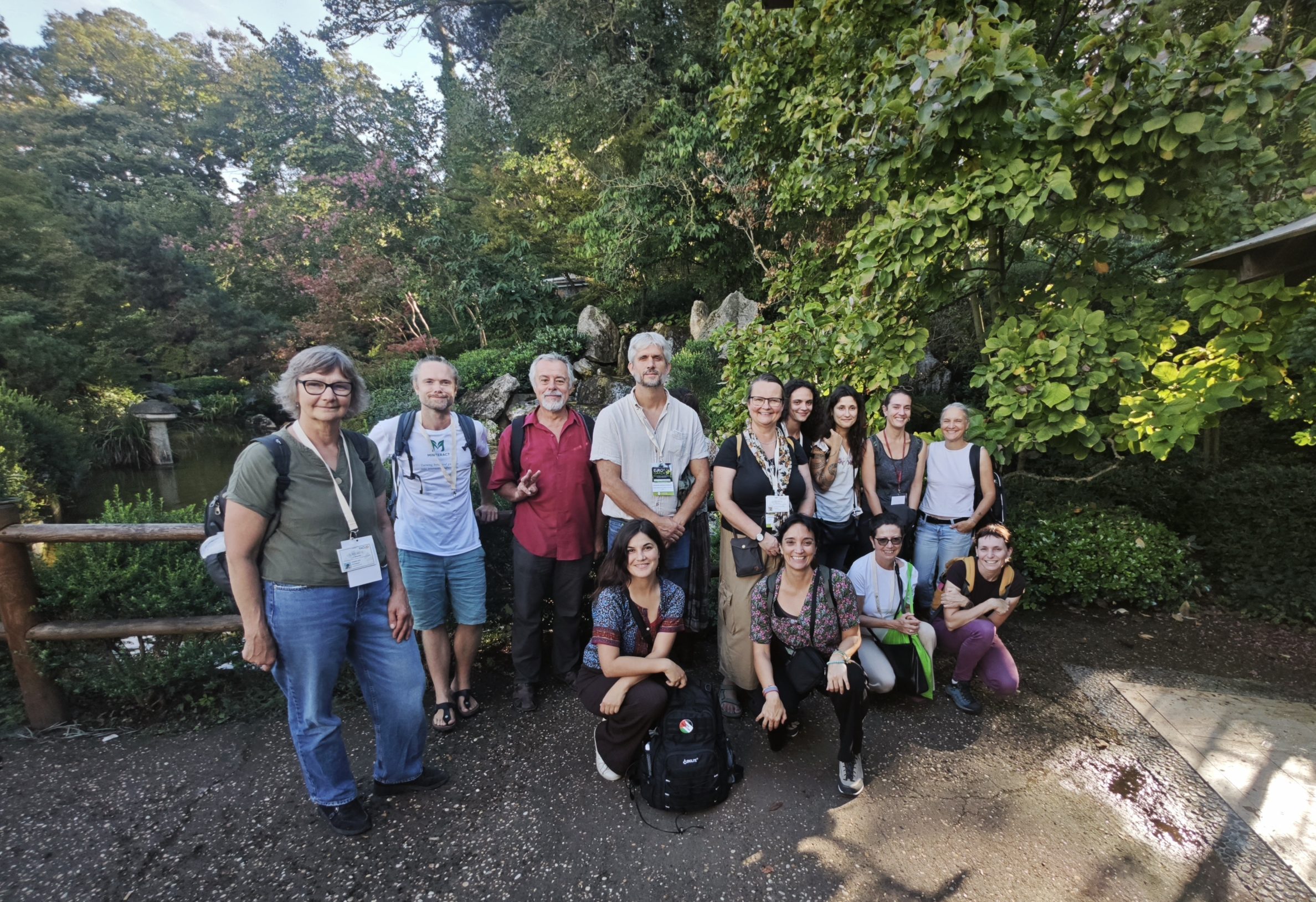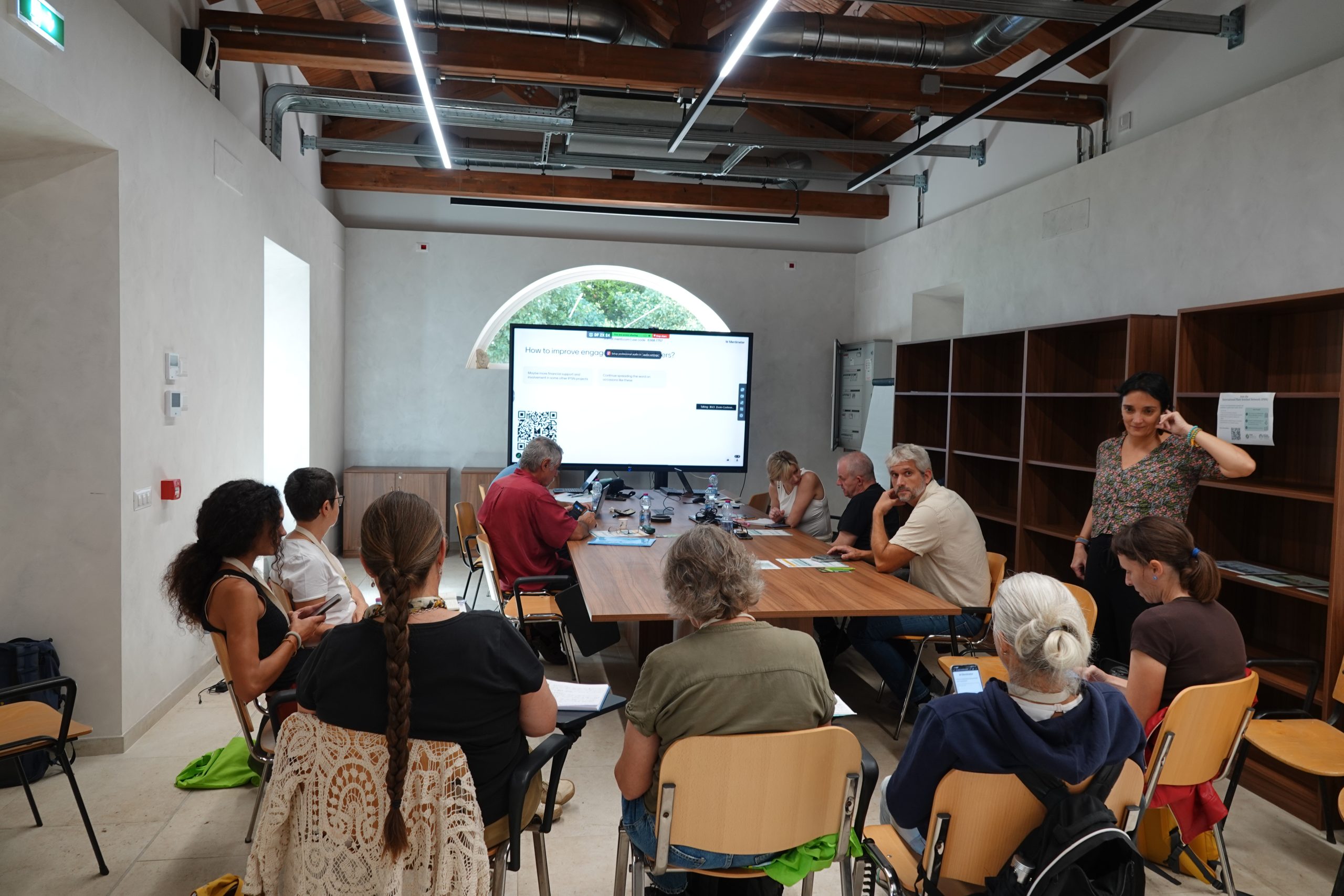Tackling the Threat of the Emerald Ash Borer to Europe: Key Takeaways from the IPSN Workshop
-
Region
Europe -
Programme
International Plant Sentinel Network -
Type
News -
Source
BGCI
News Published: 3 October 2025
At the recent EuroGard10 conference in Rome (22-26 September 2025), the International Plant Sentinel Network (IPSN) held a one-day workshop on the Emerald Ash Borer (Agrilus planipennis). Kindly hosted by the Orto Botanico di Roma, the event brought together experts and representatives from botanic gardens across Europe to address the growing threat of this invasive pest and to exchange knowledge on current policy frameworks, monitoring approaches and mitigation strategies.
The workshop, titled: “The Threat of the Emerald Ash Borer to Europe: Monitoring and Mitigation Strategies“, forms part of the ongoing Emerald Ash Borer (EAB) surveying and trapping project in Eastern Europe, coordinated by IPSN and funded by DEFRA (UK). This year, 21 participants(17 in person and 4 online) representing 13 botanic gardens in nine countries join the workshop and actively participated in all sessions.
Expert Presentations
The morning session opened with fou expert presentations:
- Global policy frameworks: Shiroma Sathyapala, Forestry Officer at FAO, outlined the international guidelines and legislative context for regulating and combating EAB.
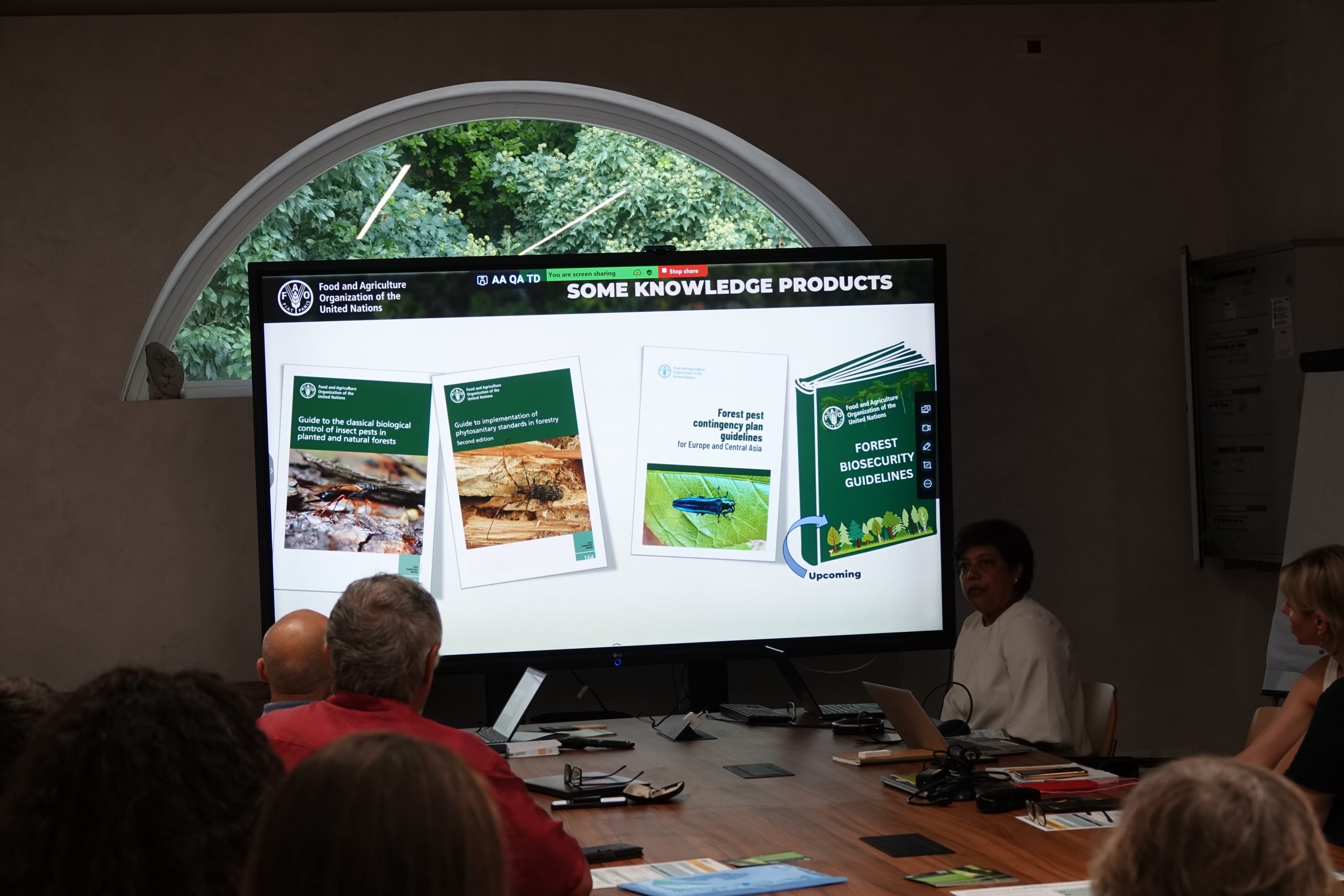
- Regional monitoring and collaboration: Iryna Matsiakh (Swedish University of Agricultural Sciences) introduced the EABRACE programme, which is building partnerships across the Baltic and Eastern Europe to improve surveillance and develop effective control strategies and provided key insights to the effectiveness of different trapping methods.
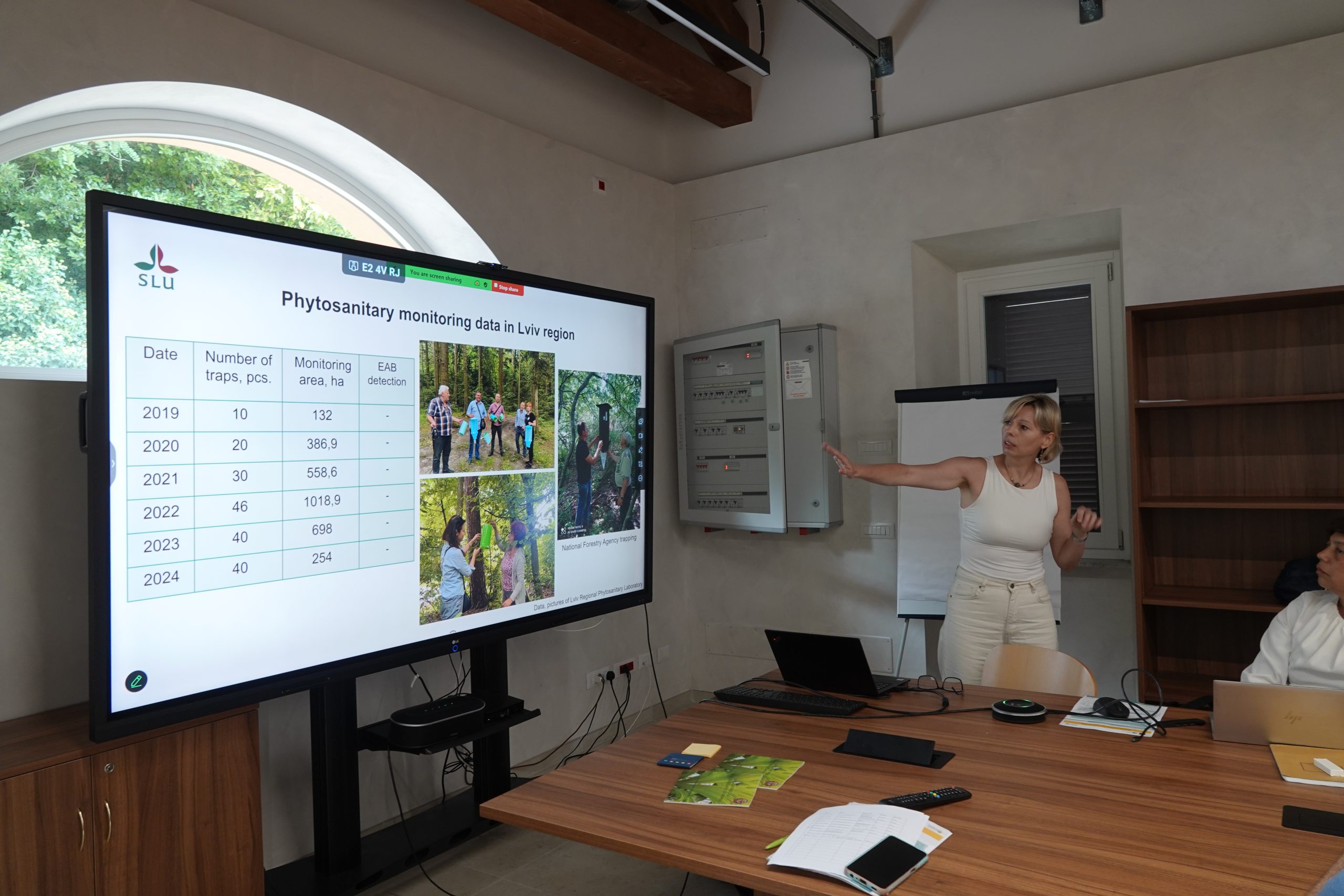
- Biology, impact and management: Neil Audsley (FERA), the long-term expert entomologist providing advice and support to the IPSN EAB monitoring project, provided an update on EAB’s current distribution, biology and impacts. He also provided a review of the mitigation measures he has been involved in testing as part of his work with the UK preparedness group for this priority pest.
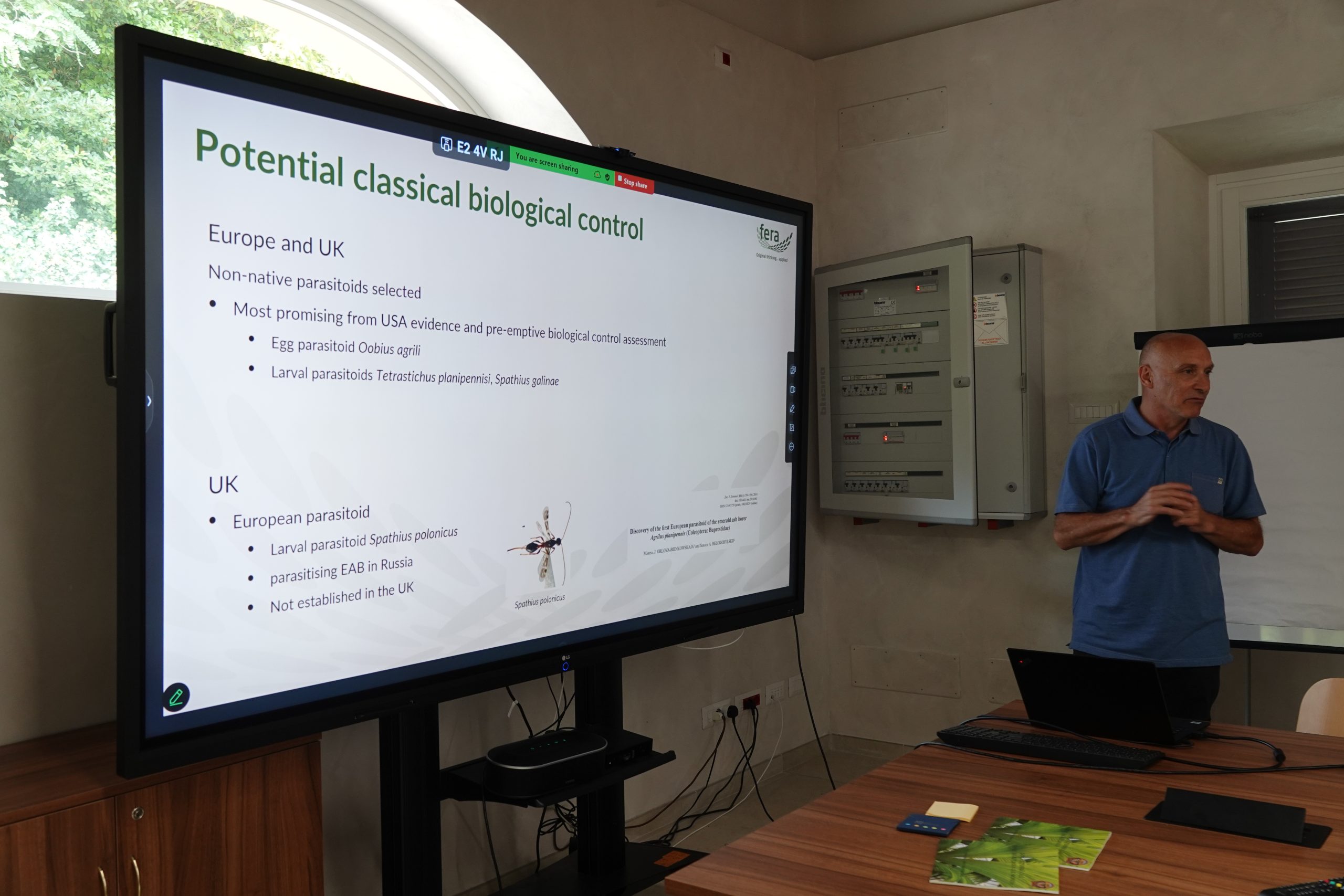
As part of the second part of the morning session the IPSN staff presented a project overview providing the key highlights, achievements and resources produced since 2021 (now available at the IPSN website).
Shared Experiences and Next Steps
Representatives from participating botanic gardens reflected on five years of monitoring experience, followed by a brainstorming session to identify key priorities for the next project phase. Discussions emphasized the importance of developing awareness-raising materials, continuing trapping efforts, producing practical pest management resources, and strengthening international collaborations.
Practical Training
In the afternoon, James Connell (Katam) and Iryna Matsiakh (SLU) led a hands-on demonstration of multi-funnel trapping techniques where participants gained practical experience setting and manipulating traps and received valuable advice for improving trapping activities in their collections.
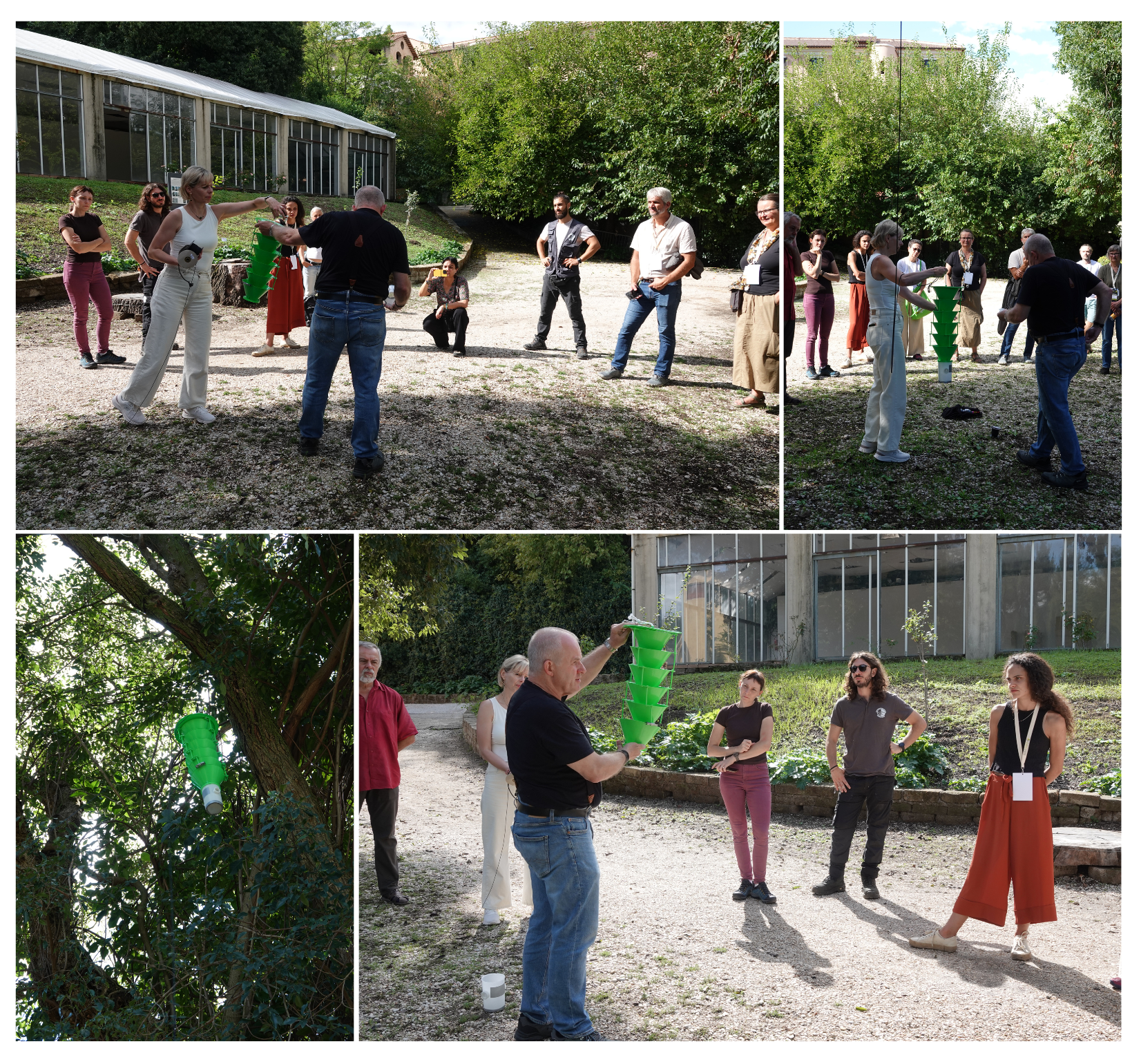
The day concluded with a guided tour of the Orto Botanico di Roma, showcasing its palm, rose, and bamboo collections, the Japanese Garden with panoramic views of Rome, and notable specimen trees including a majestic Quercus ilex.
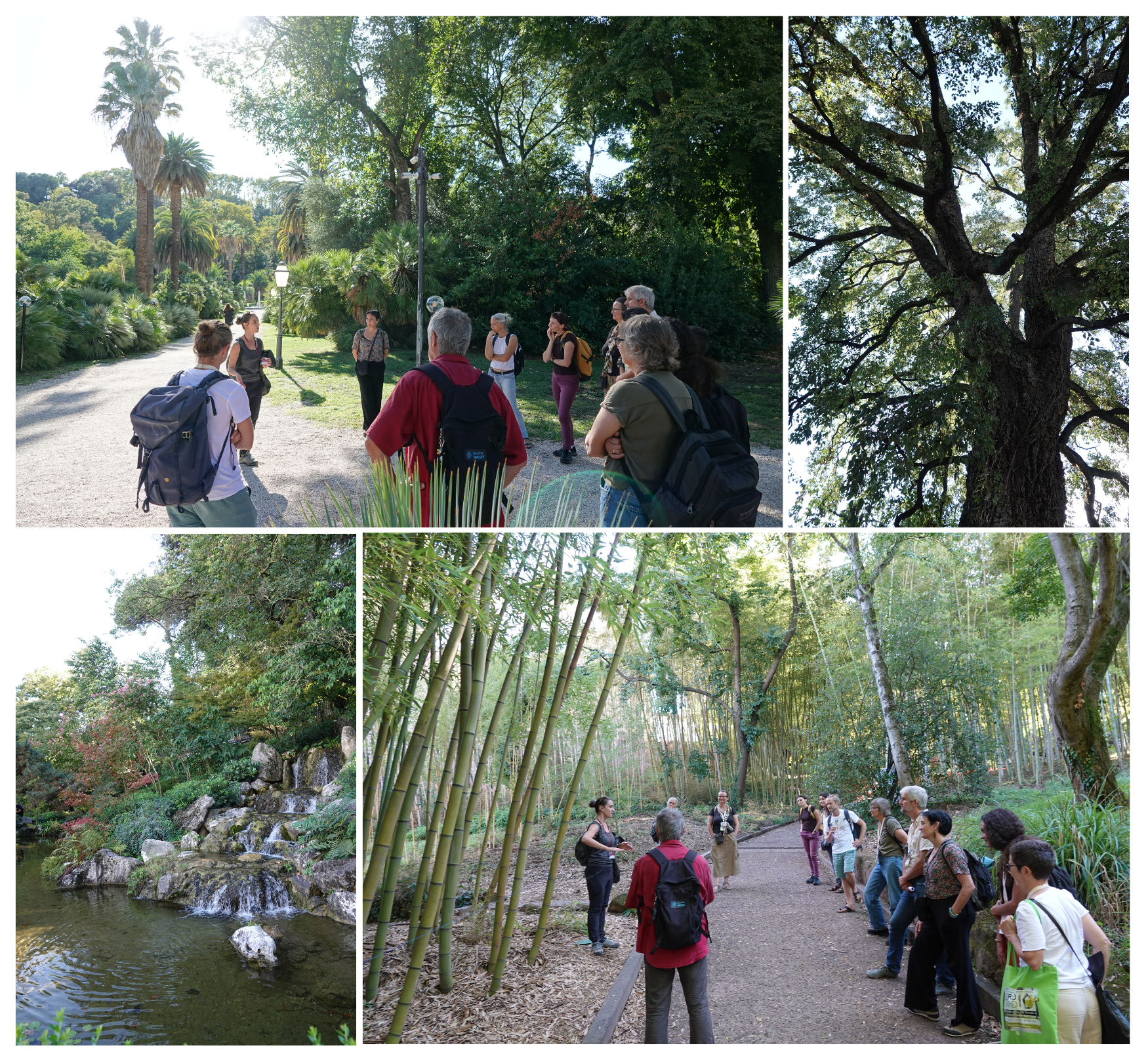
Strengthening Collaboration
We strongly believe that the value of these type of event lays not only in the further development of technical and practical knowledge and skills but also in the reinforced connections between botanic gardens and researchers. Aspects that would be vital in strengthening preparedness and safeguarding Europe’s ash trees against the escalating threat of EAB.
We warmly thank all the speakers and participants for their enthusiasm, contributions, and ongoing commitment to plant health, and extend special thanks to our host, the Orto Botanico di Roma and its staff for their generous support in hosting the workshop.
Want to Join the IPSN?
Membership is free! By joining, you gain access to expert-led initiatives,biosecurity resources, and a global network of plant health professionals.
To get involved, email: lara.salido@bgci.org or itxaso.quintana@bgci.org
